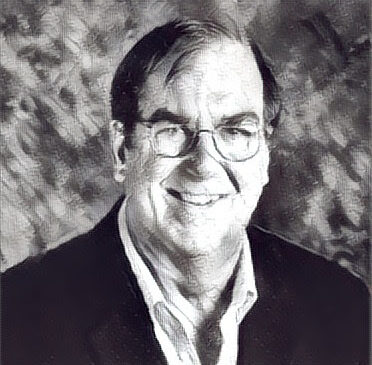Chincoteague, Virginia
From 1950 to 1955, Dad was stationed at the Chincoteague Naval Air Station, which was on the road from US Route 13 out to Chincoteague Island. It forms my first memories. Here is a Google Earth view of the area today.

The facility was decommissioned by the Navy and used by NASA as their “Wallops Island” base for a while; now it’s used as a university campus, UVa, Eastern Shore Branch.
Here is a picture of the station from the late-1940s.

We lived on the base, in base housing, as Dad rose through the ranks and was the squadron leader for a group of anti-submarine warfare helicopters. (HS-3 was the name of his squadron.)
Lots of memories – basically my first memories:
- A rickety schoolhouse in New Church, Va – the schoolroom was heated by a big pot-bellied stove in the middle of the room.
- Learning to bike-ride; making the mistake of riding across the neighbors lawn at dusk and not seeing the volleyball net my bike went under (but not me!)
- Hurricane Hazel and Mom, Diane and I going to the Van Antwerp’s house, because they had a basement – and seeing the trees down, sometimes on top of houses, the next morning.
- Going out to Chincoteague Island with my family to go swimming and boating – often to Tommy’s Cove on Assateague Island. This was before there was a bridge to Assateague, and it was a barren island populated by wild horses.
- Speaking of wild horses, we used to watch Pony Penning from our boat.
- We had some friends on the Island, Cliff and Grace Daisy, who were sort of like grandparents. Cliff was a fishing guide.
- My First Communion.
- It was unusual to be based in one location that long – my Dad was promoted from one job to another and we stayed in Chincoteague. We did, however, move from one place (the “brick house”) to a nicer house (the “white house”) when he was promoted. The two houses were next door to each other!
- Going to the “big city” meant going to Pocomoke City, Maryland, just north of Chincoteague on Rt. 13 (which is the arterial road going down the Delmarva Peninsula. I remember it as a big town. The 2000 census says that its population is 4,000.
- The Delmarva Peninsula was home to oysters, potatoes and poultry. There was a Birdseye plant with a plant tour. You could watch as the birds were hung by their feet on a conveyor belt, killed (by slitting their throats, which you could watch just on the other side of a big plate glass window!), defeathered (with high-pressure water jets) and ultimately packed or frozen as chicken. The tour ended with a nice chicken dinner, complete with Birdseye vegetables!
- At the southern tip of the Peninsula was a dead-end into a ferry terminal for the Kiptopeke Ferry, which took you from there over to Norfolk, Virginia – across the mouth of the Chesapeake Bay. It was often a rough crossing. There’s now a “bridge tunnel” across – and no ferry service.
- It was a great place to be a kid — marshes, outdoors … and a much simpler time.



